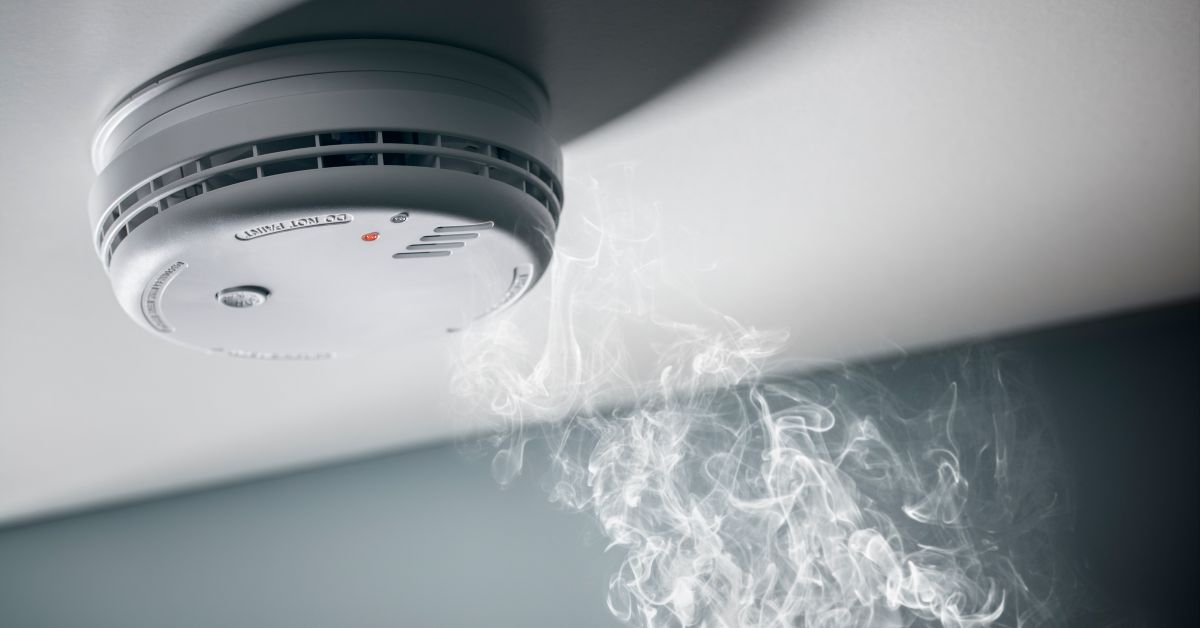A Brief Guide to the Harmful Effects of Carbon Monoxide

Environmental advocates are at the forefront of protecting us from various invisible threats, and one of the most insidious is carbon monoxide (CO). This odorless, tasteless, and colorless gas poses a significant health hazard and is a major contributor to air pollution. By understanding the dangers and how to mitigate them, we can take steps to safeguard our communities.
CO is a byproduct of incomplete combustion of fossil fuels, and its sources are numerous. This could be from vehicles, gas appliances, generators, and even certain types of industrial processes. When these machines run in enclosed spaces, levels of CO can quickly rise, leading to immediate risks and long-term health impacts. Continue reading for a brief guide to the harmful effects of carbon monoxide.
Health Hazards
When CO enters the bloodstream, it binds to hemoglobin and reduces the blood’s ability to carry oxygen. Even at low concentrations, prolonged exposure can lead to symptoms such as headaches, dizziness, and nausea. In severe cases, it can result in loss of consciousness or death.
But the dangers go beyond human health; CO contributes to various environmental woes. It plays a role in the formation of smog, which can lead to respiratory issues for large populations. It also has a major role in the creation of ground-level ozone, a significant pollutant that affects plant life and can lead to climate change complications.
Environmental Impact
The environmental impact of CO is dire. It contributes to the greenhouse effect and stuns our climate system. It can worsen asthma and other respiratory diseases, and it’s a precursor to fine particulate matter, a type of air pollution linked to various health conditions.
Particularly vulnerable are children, the elderly, and individuals with pre-existing health issues. In the natural world, carbon monoxide can also interfere with plant photosynthesis, which negatively affects the entire ecosystem.
Preventive Measures
Preventing CO poisoning starts with awareness and using fuel-burning appliances responsibly. Regular maintenance of these systems is vital to ensure they burn cleanly. Installing CO detectors in your home, office, or industrial facility can give you the early warning needed to prevent high-exposure situations.
It’s also crucial to never use generators, grills, camp stoves, or other gasoline or charcoal-burning devices inside enclosed spaces. Outdoor use and proper ventilation are key to reducing the risk.
Detection and Mitigation
Advances in technology are helping us monitor and reduce CO levels more effectively. Smart CO detectors connect to your phone, giving you alerts even when you’re away. Companies are also engineering devices to reduce CO emissions from vehicles and industrial processes. Since carbon monoxide is one of the top toxic gases in the oil and gas industry, proper detection and mitigation is key.
Understanding how to implement these innovations on a large scale is a priority for advocates worldwide. An aggressive focus on CO reduction can significantly reduce the threat of this harmful gas to human and environmental health.
This brief guide to the harmful effects of carbon monoxide proves CO is a silent but lethal threat that we should not underestimate. By spreading awareness of the dangers, promoting safer practices, and supporting research and solutions, we play a crucial role in combating this invisible menace. It’s an important cause that deserves attention from all who seek a cleaner, safer world.





